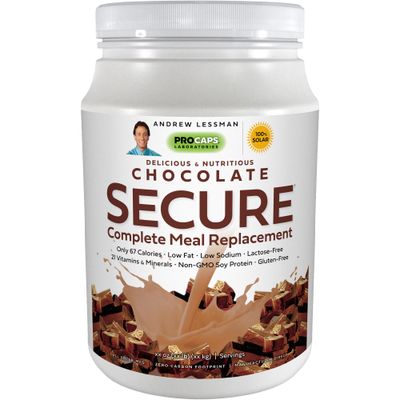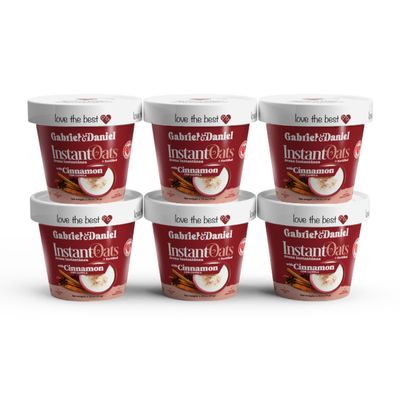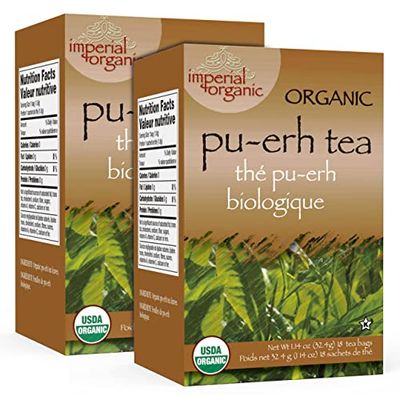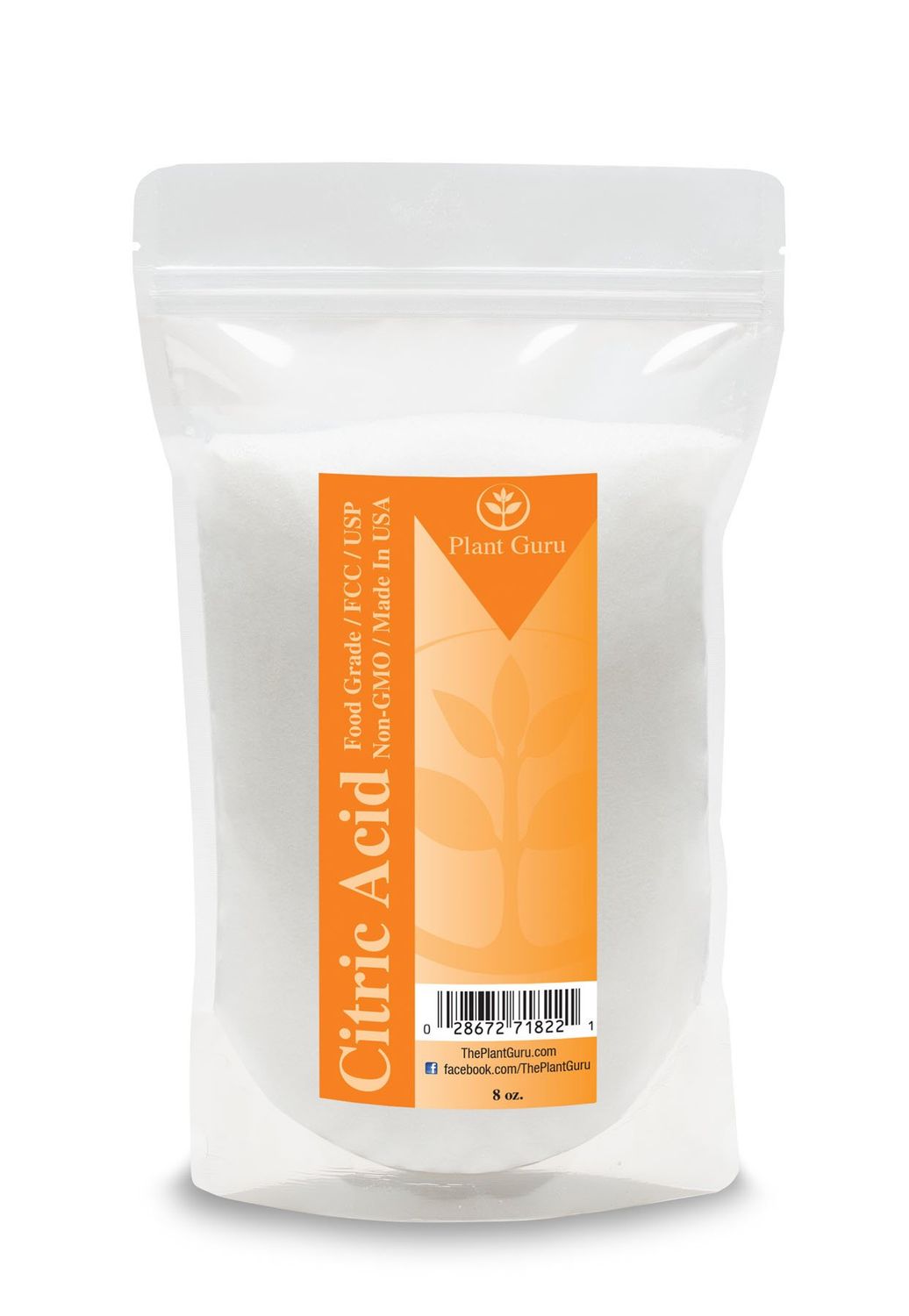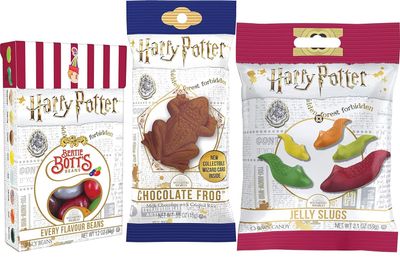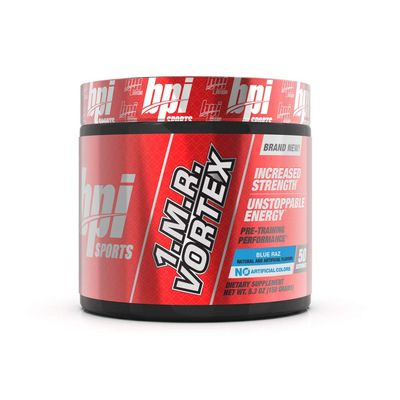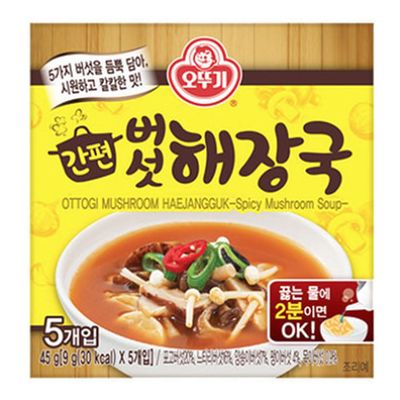Citric Acid Powder 8 oz. 100% Pure Food Grade, Kosher, Non-GMO, for Cooking, Baking, Cleaning, Bath Bomb and Soap Making.
Description
Citric acid is a weak organic acid with the formula C6H8O7. It is a natural preservative which occurs naturally in citrus fruits and is also used to add an acidic or sour taste to foods and drinks. In biochemistry, the conjugate base of citric acid, citrate, is important as an intermediate in the citric acid cycle, which occurs in the metabolism of all aerobic organisms. It consists of 3 carboxyl (R-COOH) groups. Citric acid is a commodity chemical, and more than a million tons are produced every year by fermentation. It is used mainly as an acidifier, as a flavoring, and as a chelating agent.Organic Acid:organic acidsareweak acidsand do not dissociate completely in water, whereas the strong mineralacidsdo. Lower molecular massorganic acidssuch as formic and lacticacidsare miscible in water, but higher molecular massorganic acids, such as benzoicacid, are insoluble in molecular (neutral) form.C6H8O7: Molecular Formula for Citric AcidFood Grade:USDAGradeStandards forFood: How They are Developed and Used. Department of Agriculture.FCC: "Food Chemicals Codex" -(FCC) refers to a compendium of standards that is used internationally to ensure the quality and purity of food ingredients. The FCC helps manufacturers and consumers in recognizing genuine ingredients and substances and assures the quality of food products.USP:A chemical grade of sufficient purity to meet or exceed requirements of theUnited States Pharmacopeia(USP); acceptable for food, drug, or medicinal use; may be used for most laboratory purposes.NON GMO: Free of any Genetically Modified Organism
Features
- High Quality Citric Acid Packaged in the USA
- 100% Pure Citric Acid, NO added ingredients or sweeteners.
- Our kosher citric acid is a kitchen essential used in preserving, flavoring, and cleaning.
- Adds an acidic or sour taste to meat, candy, soft drinks, and ice cream. It keeps fruits and vegetables fresh and food flavorful. Perfect for use for in craft making, candy making, pH adjustment, water softening, and more!
- Helps in sprouting, canning, drying or freezing, bread making, conserving, and jarring. Can also be used as a natural cleaning agent. The citric acts as a great preservative; completely preserves the Vitamin C content of a food product.
